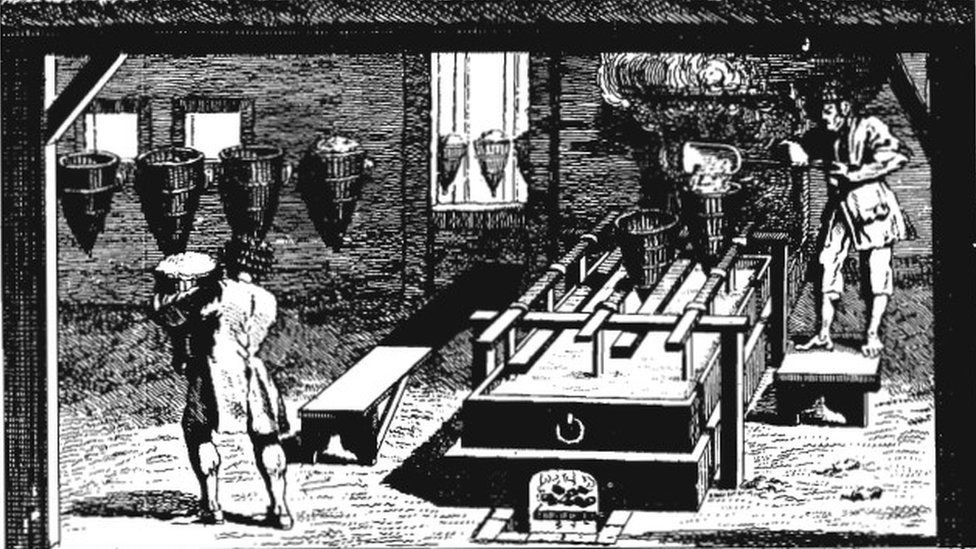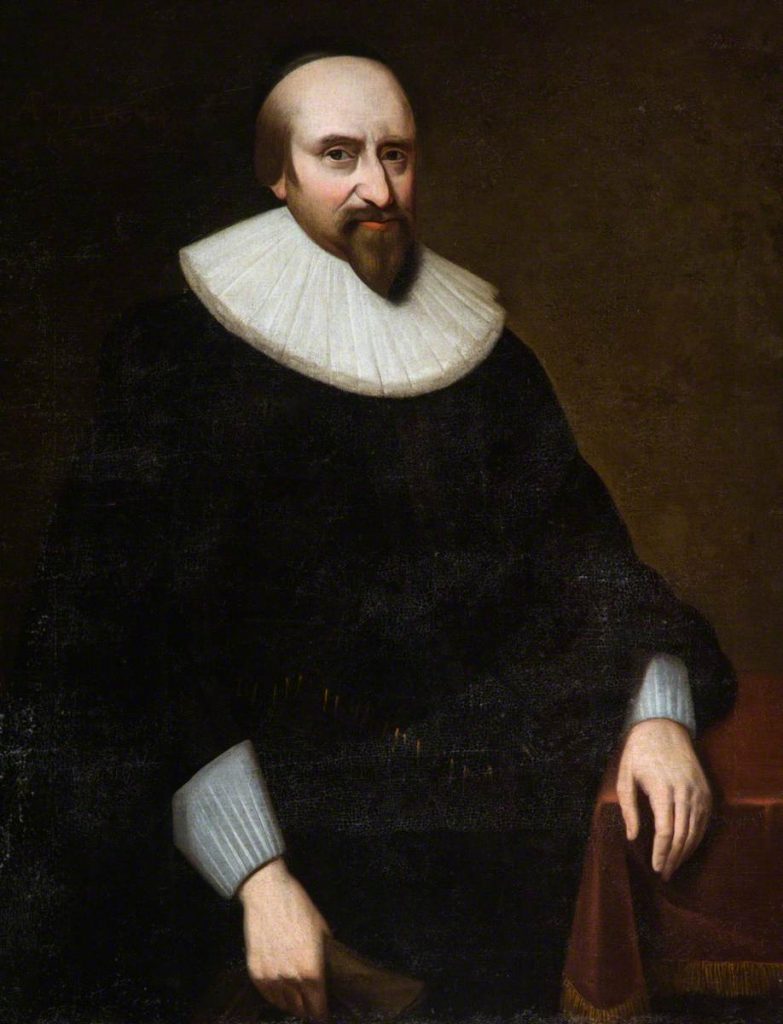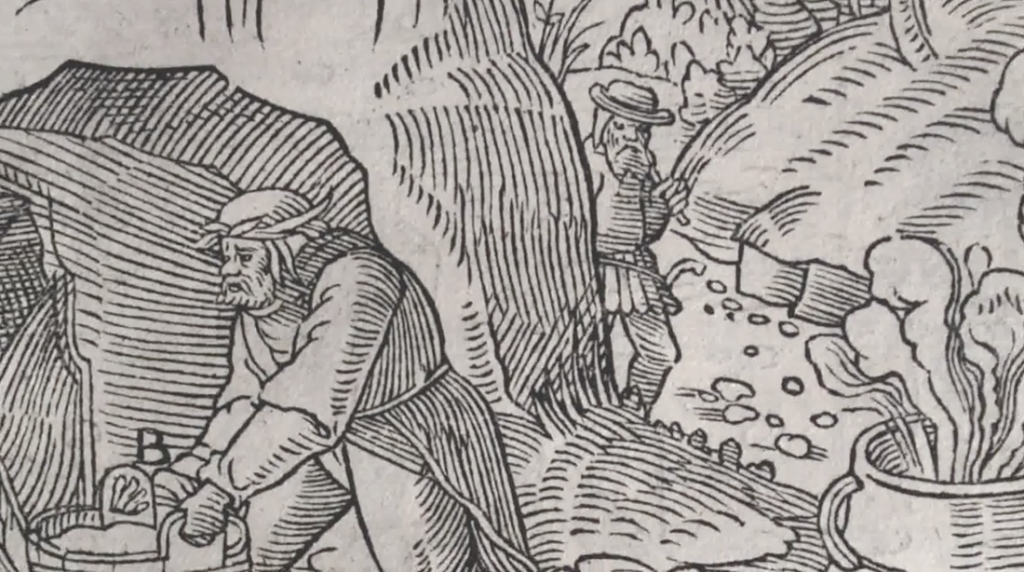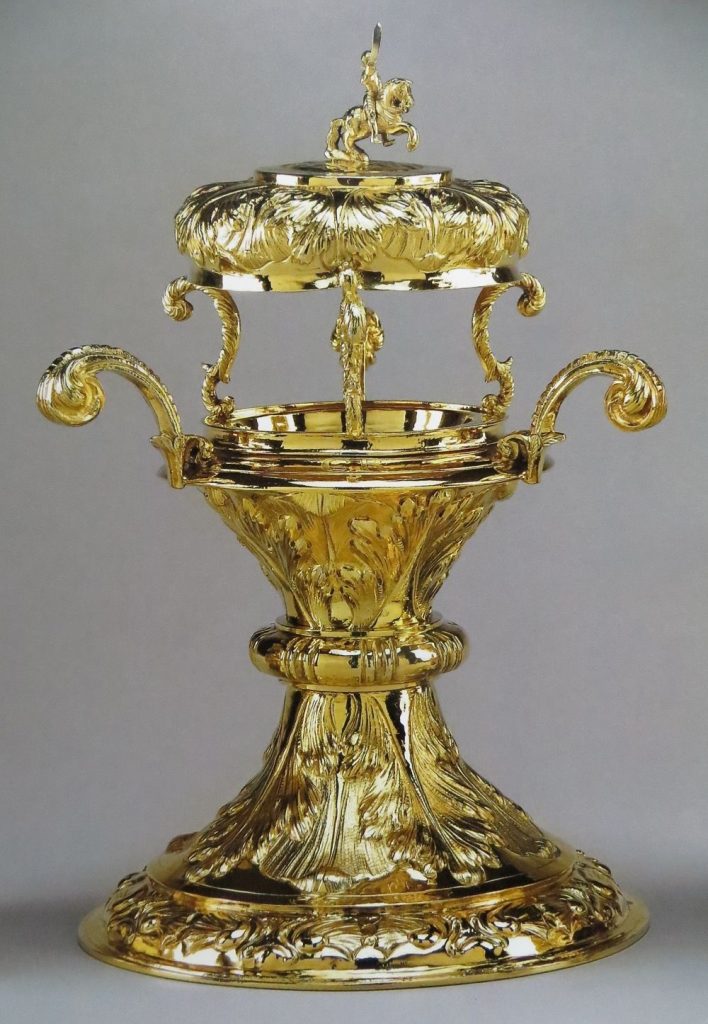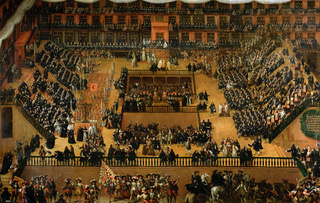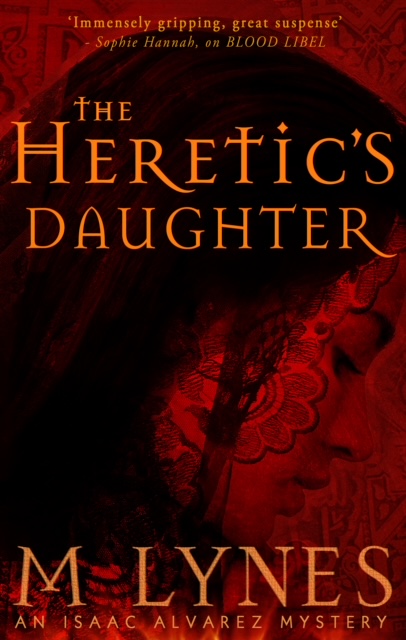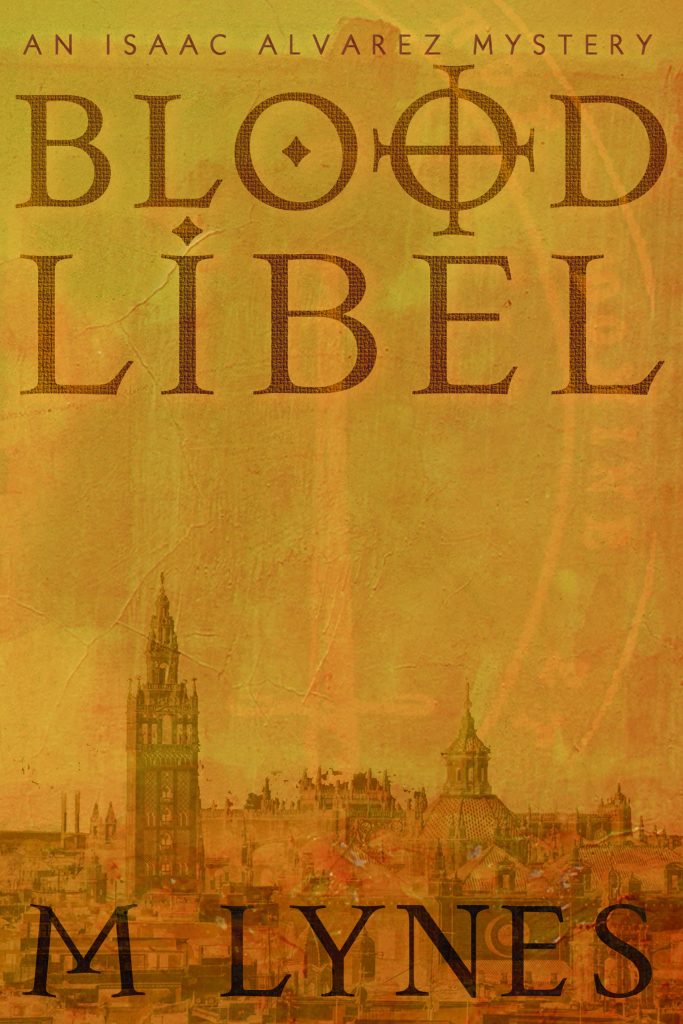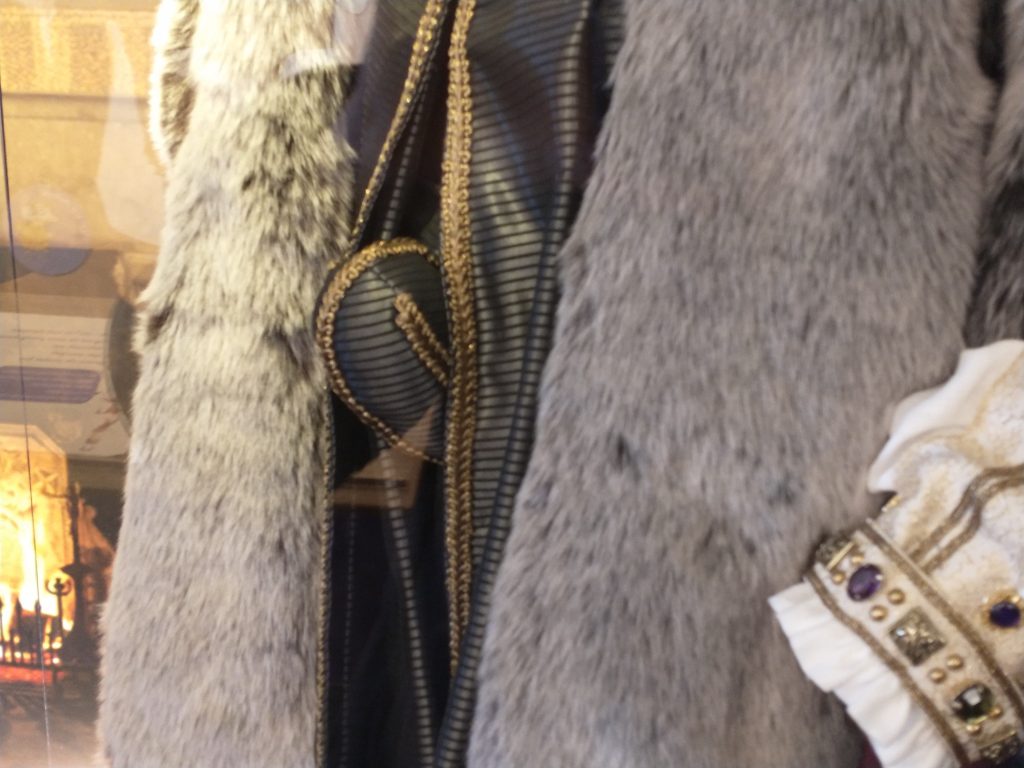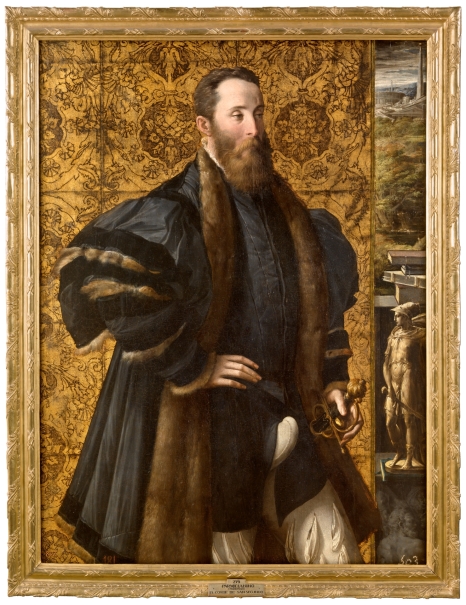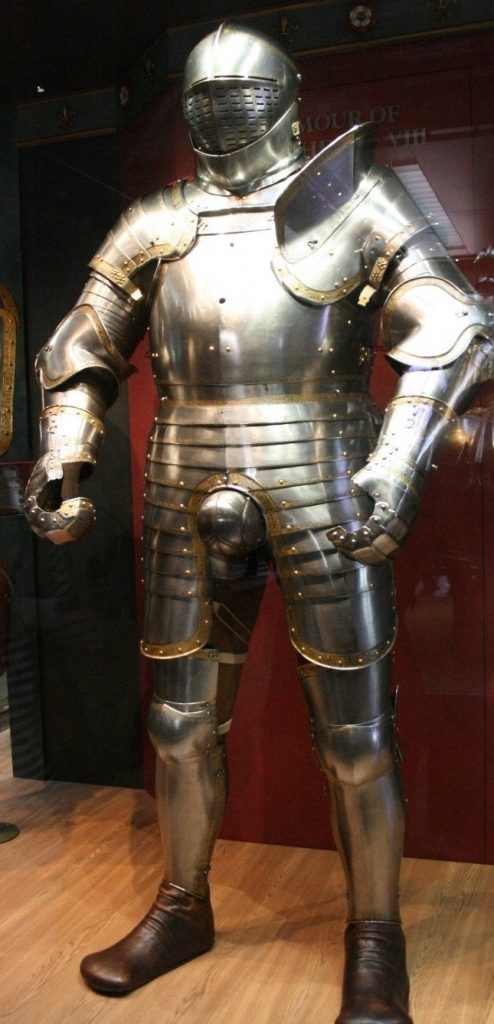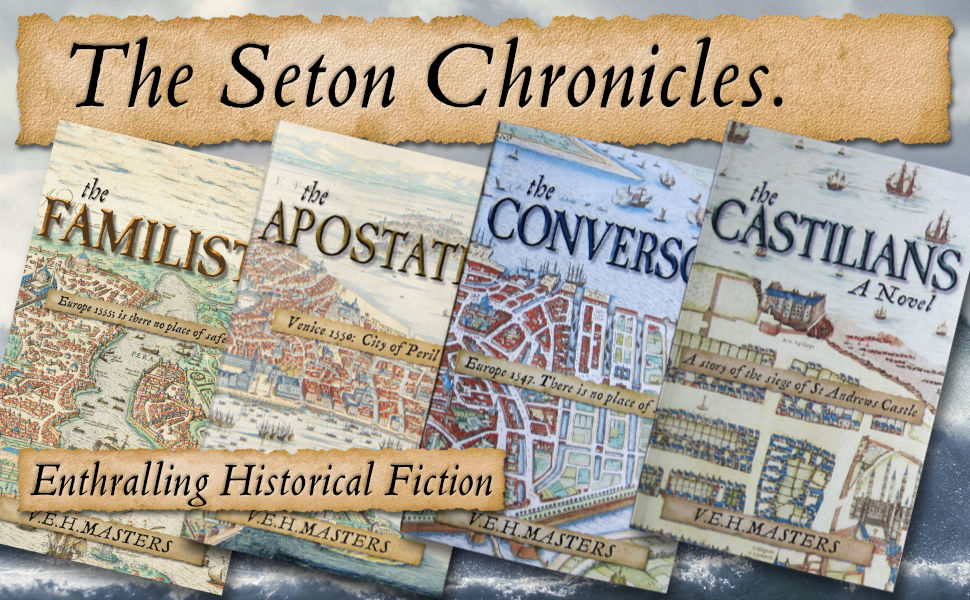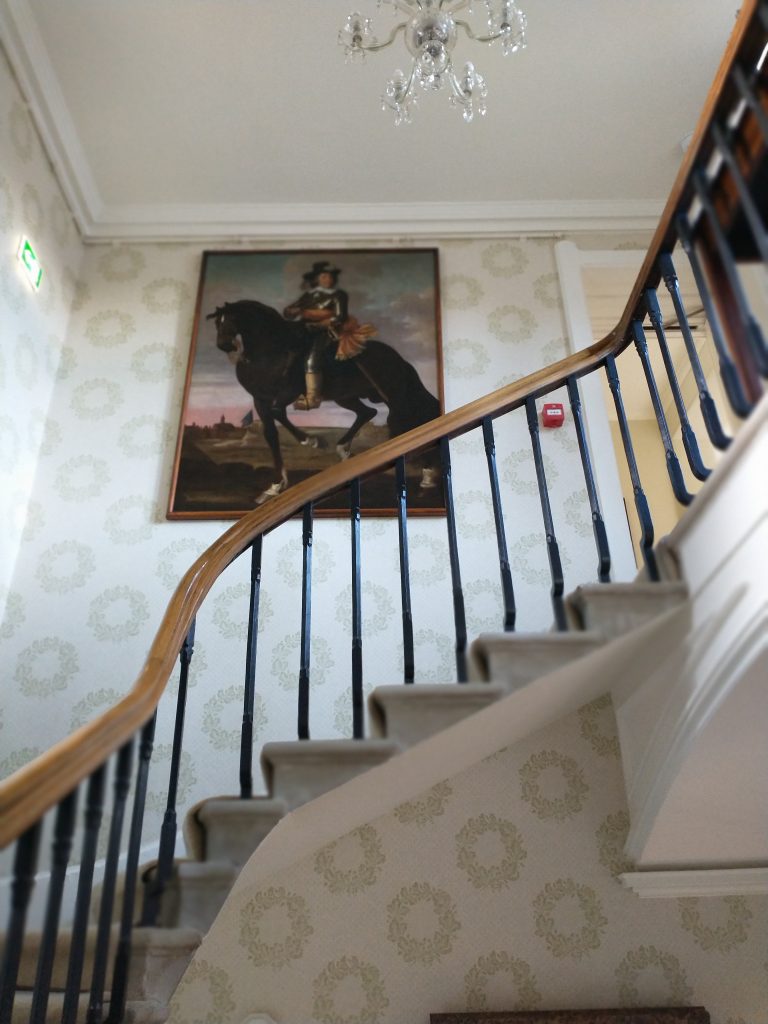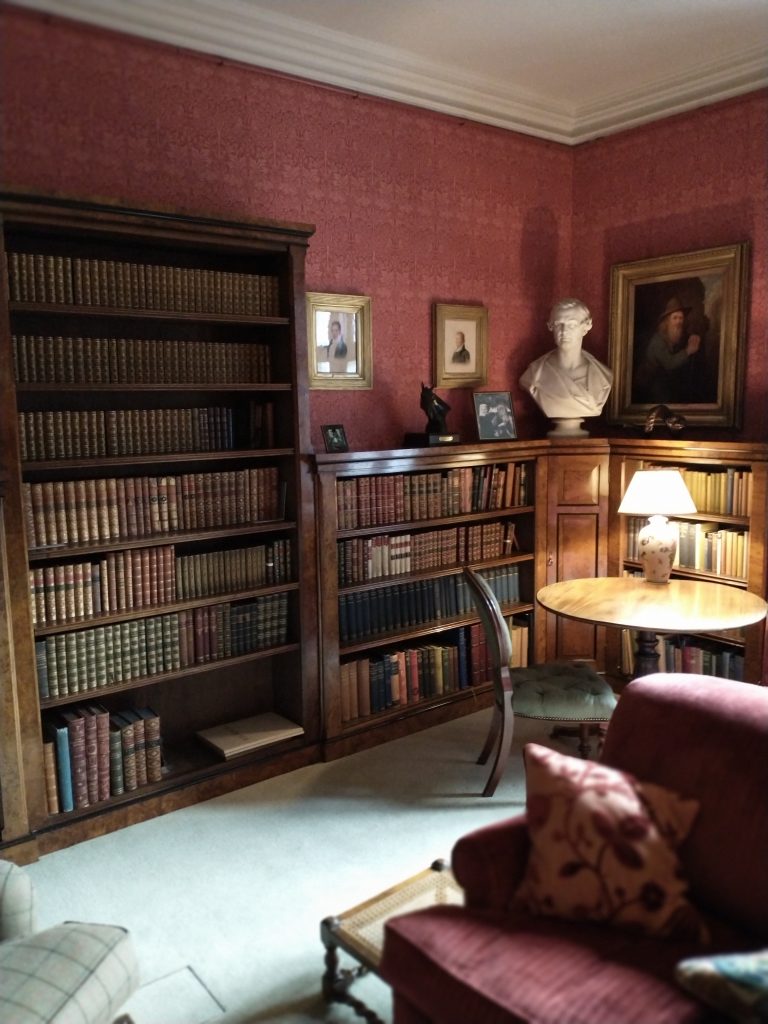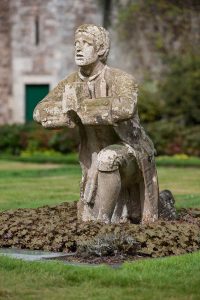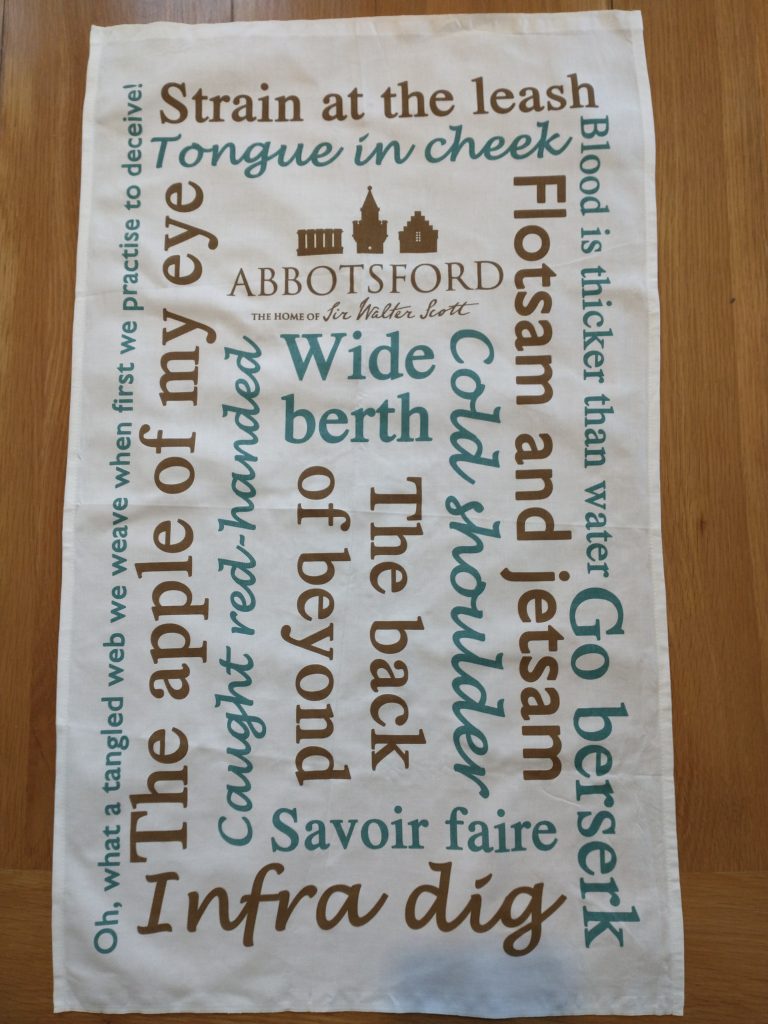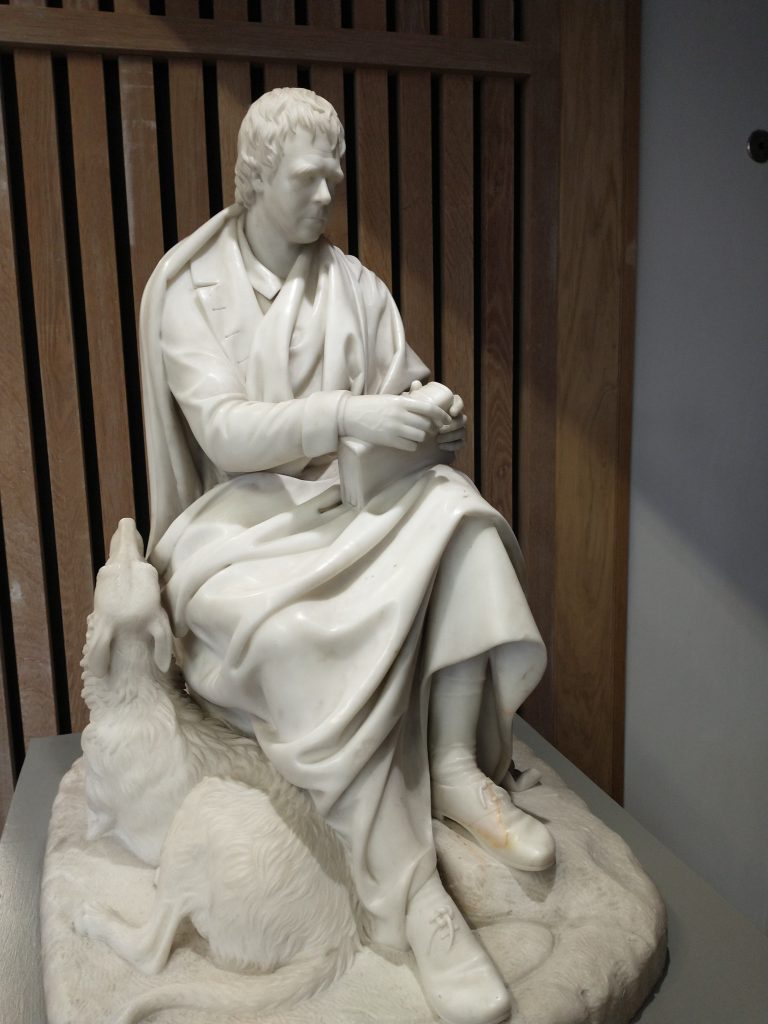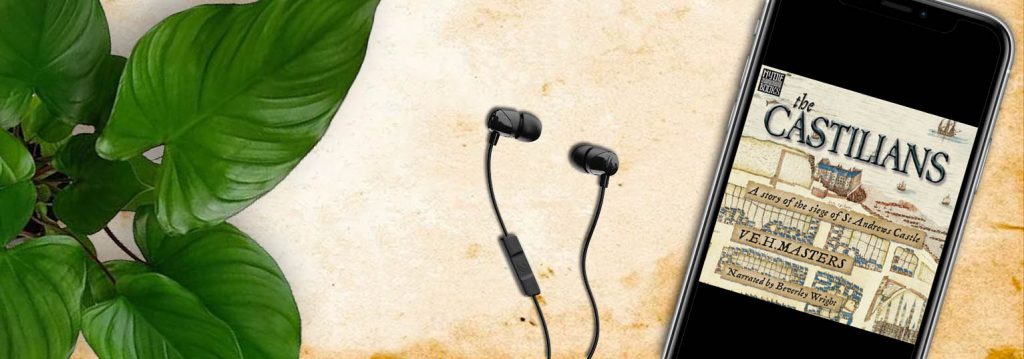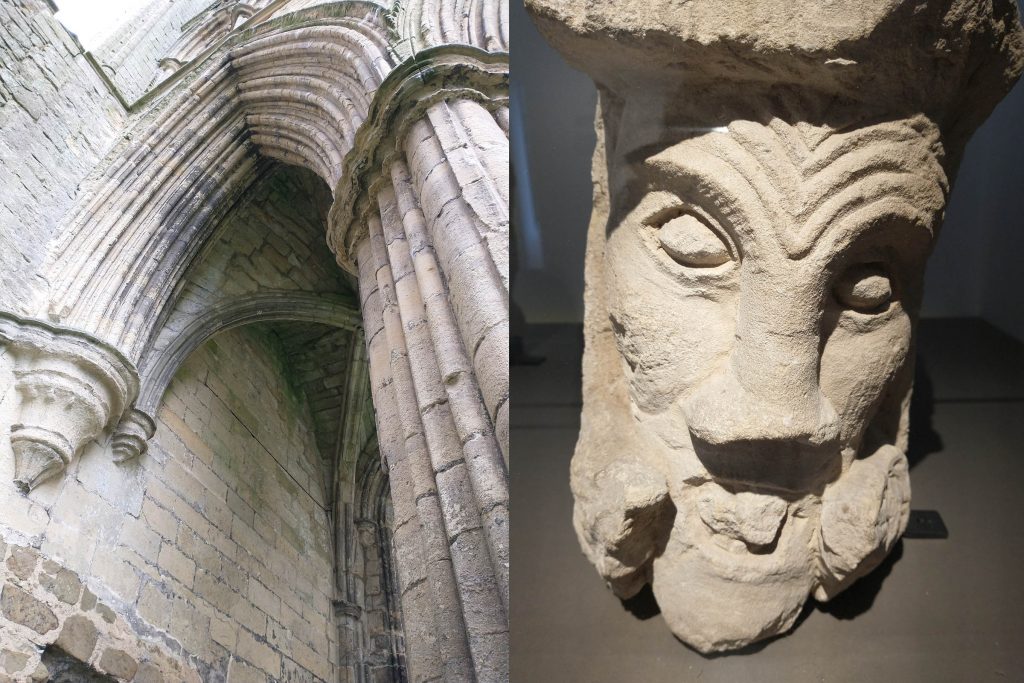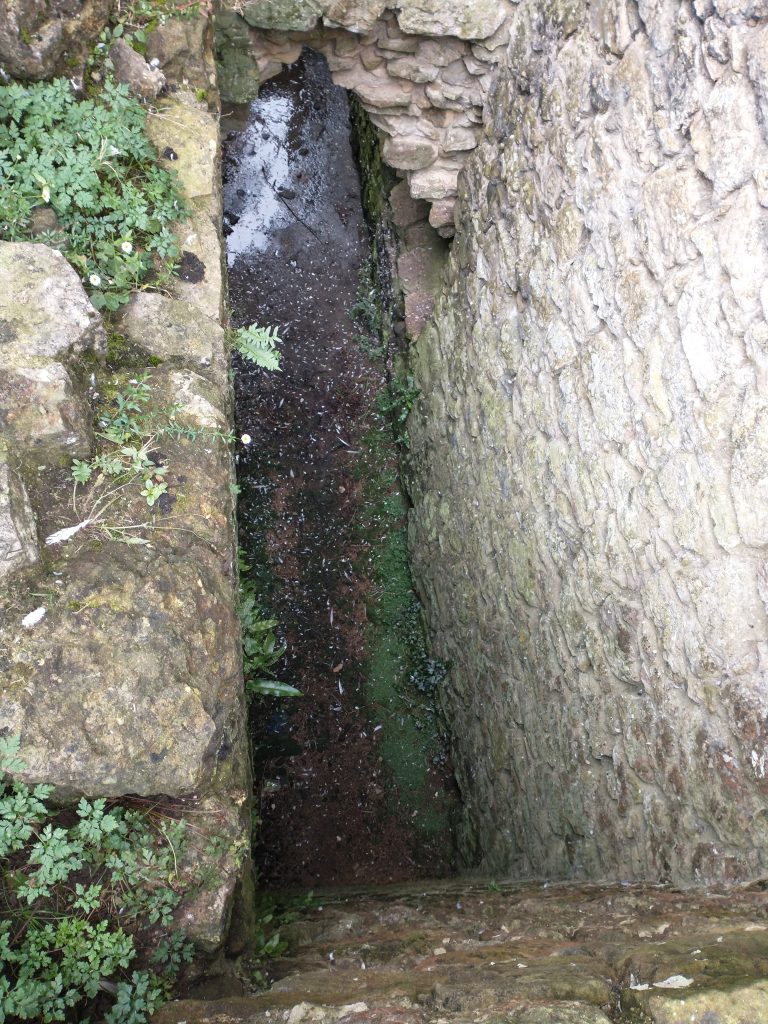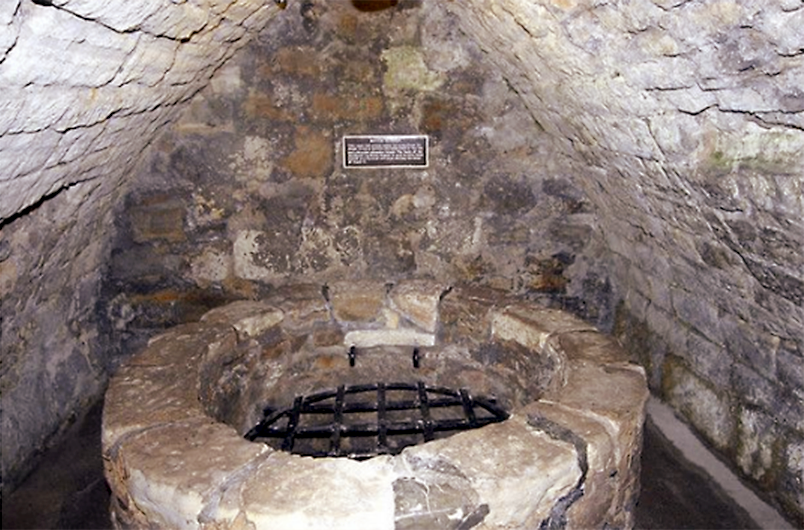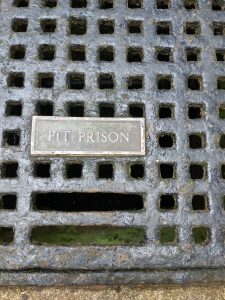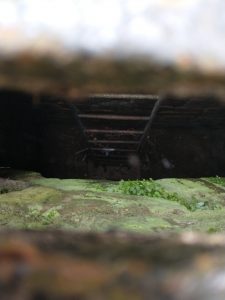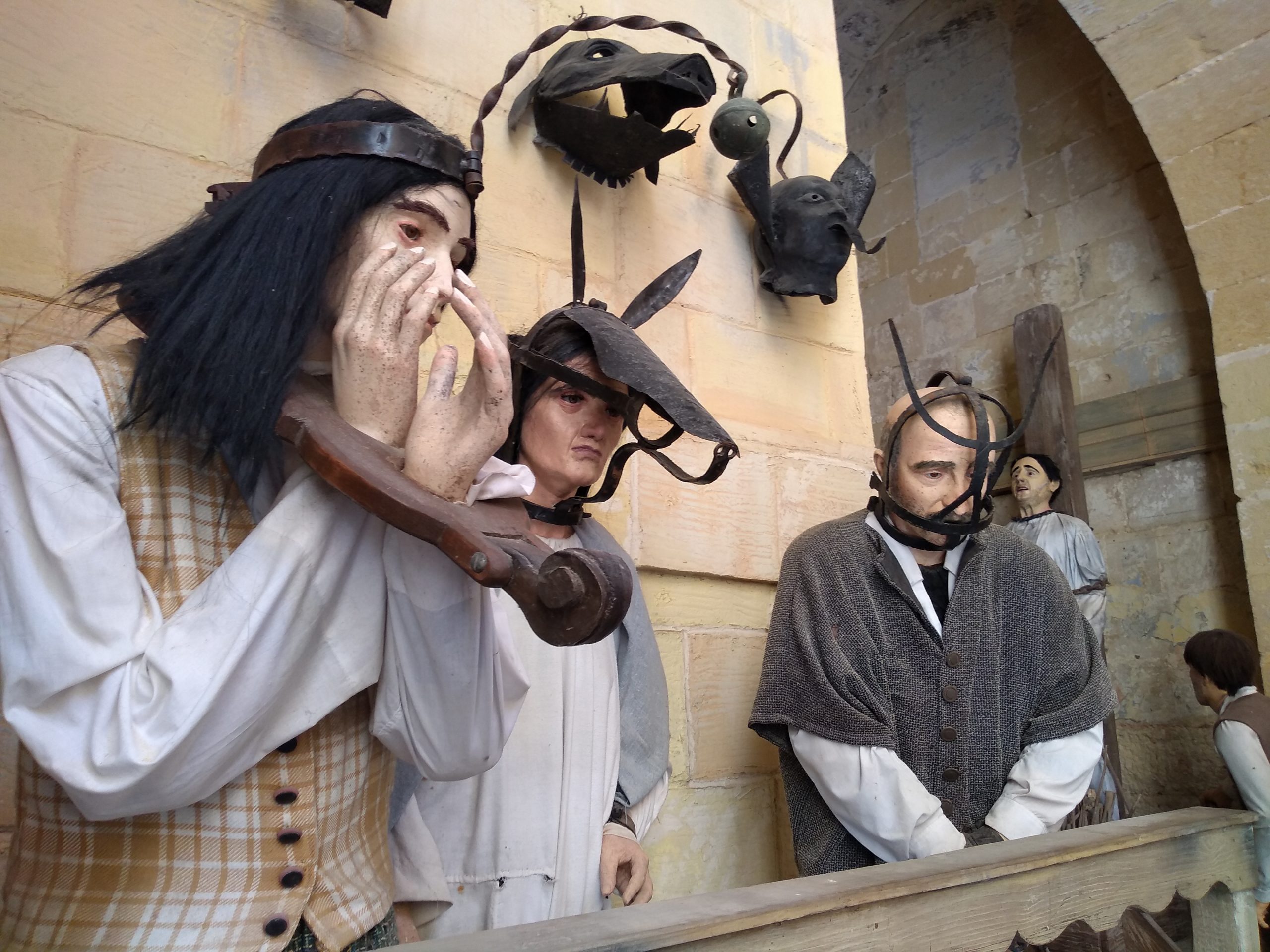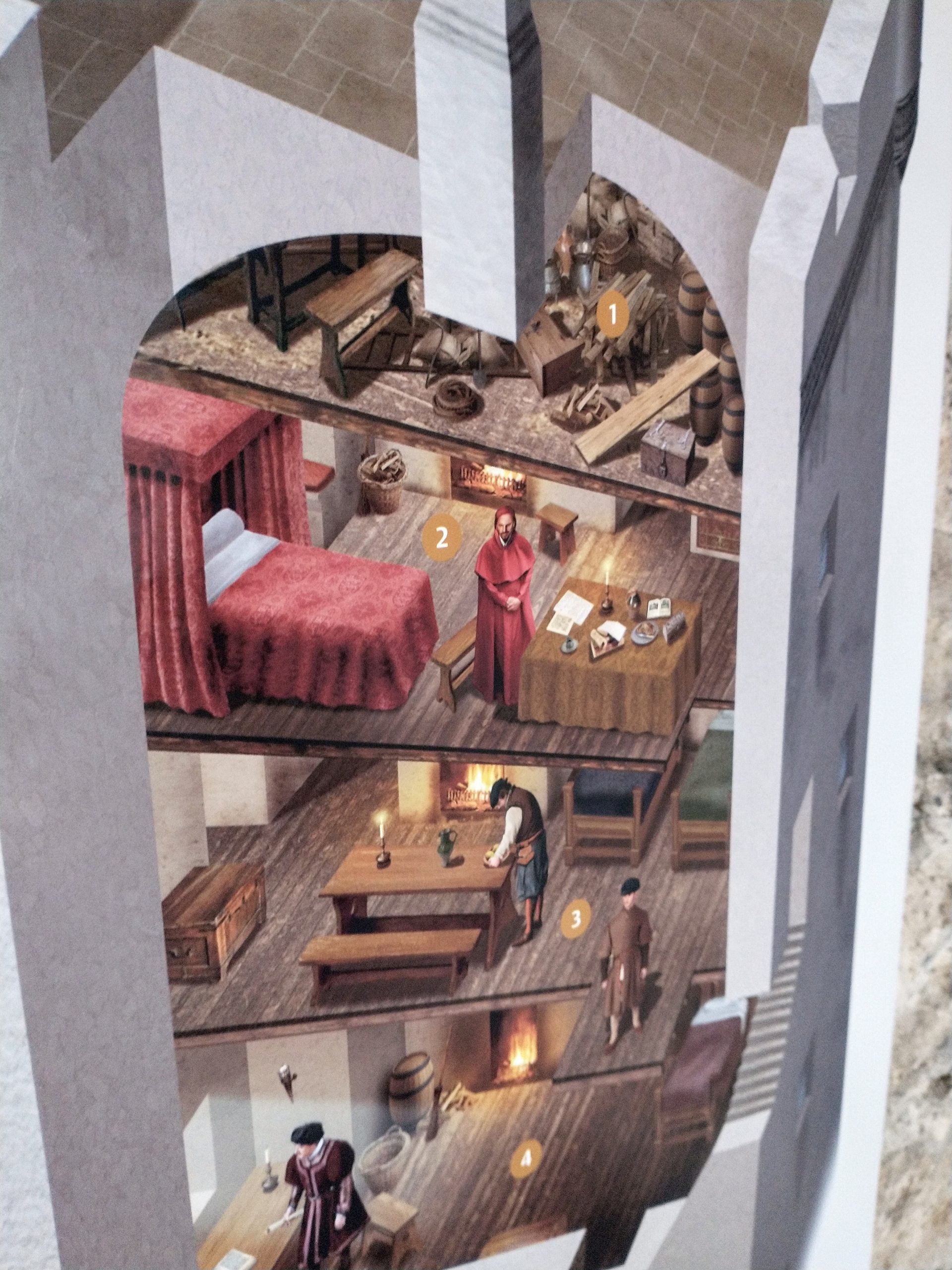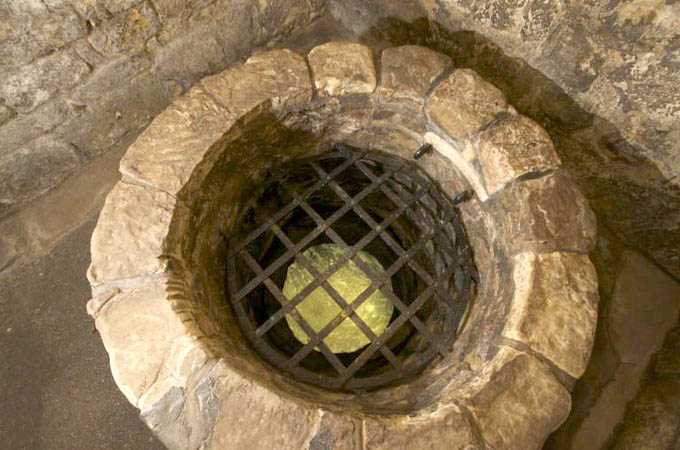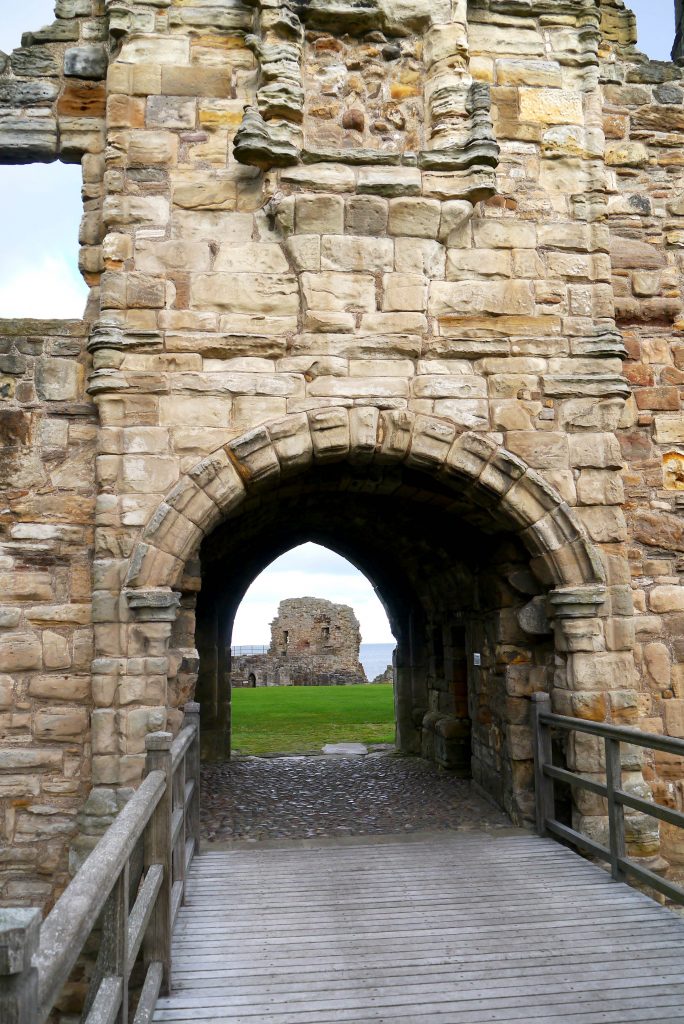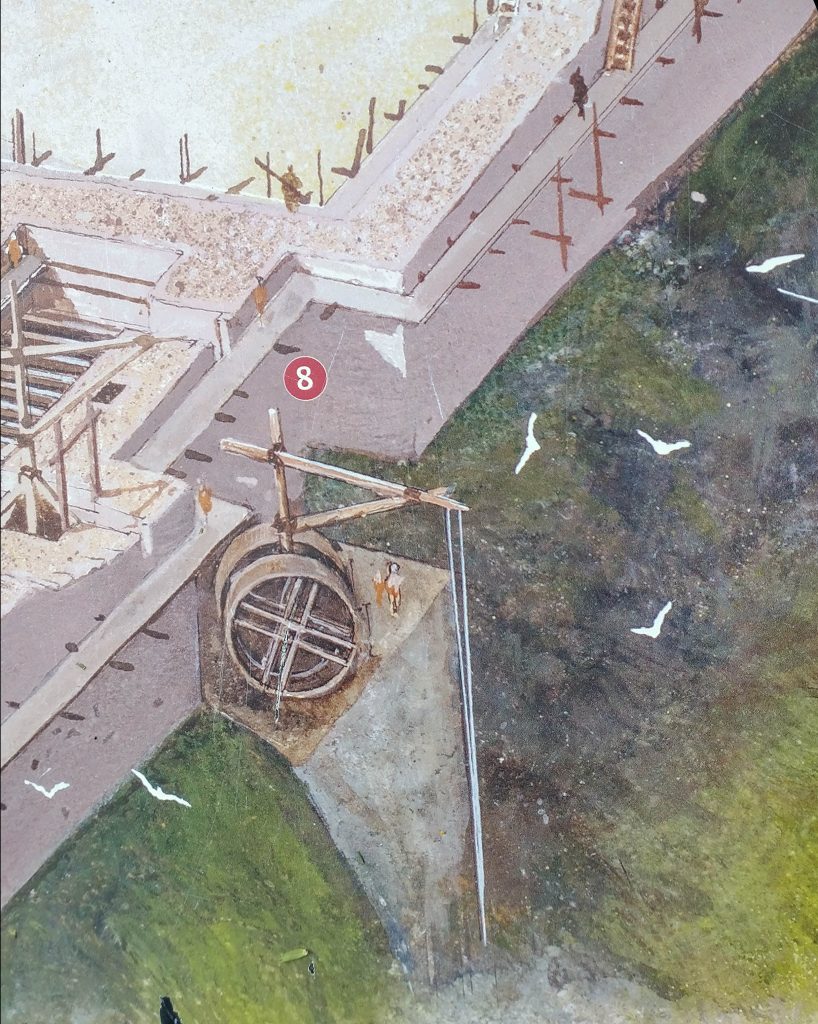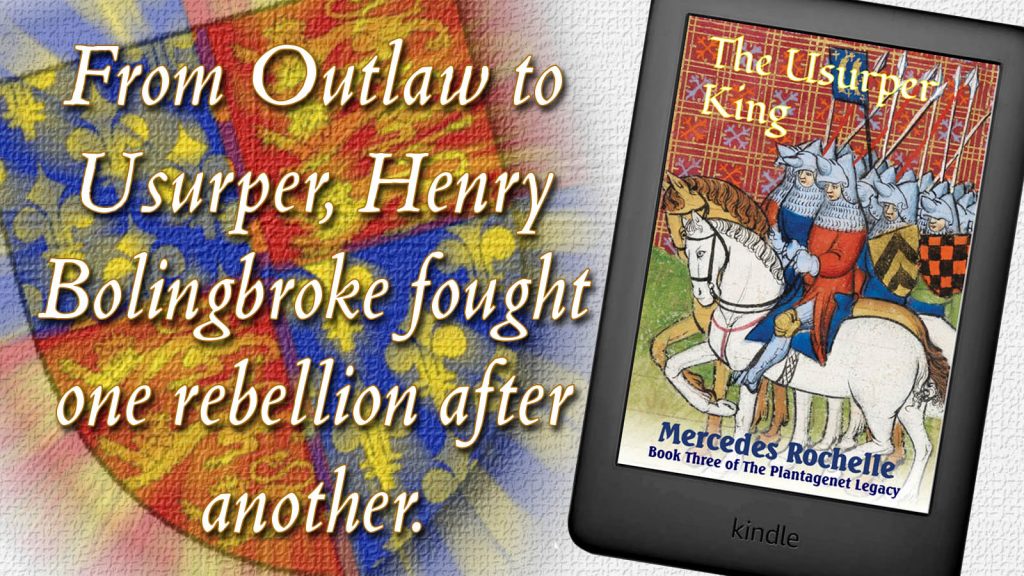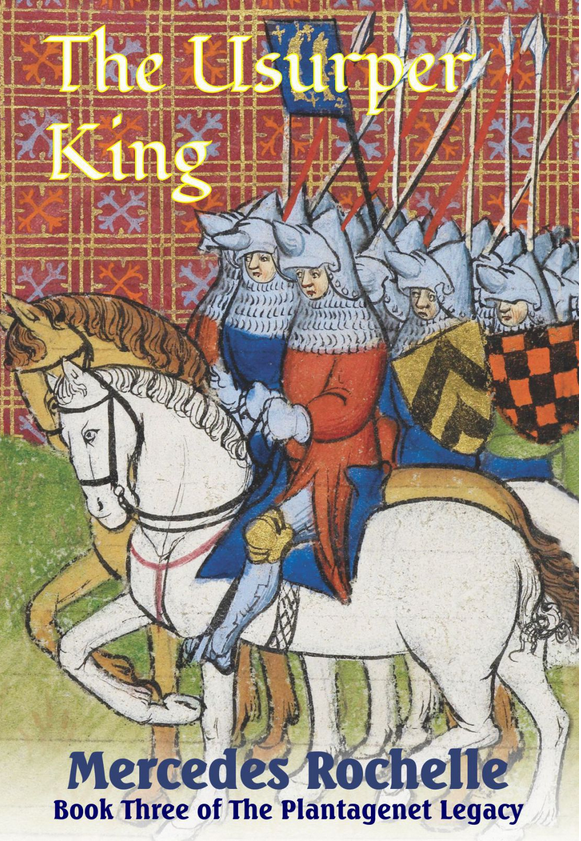Delighted to have a blether with author of The Witchfinder’s Well Series, radio presenter, playwright and lyricist, Jonathan Posner, about his books, the setting and writing generally.
Your books are set in the Tudor period. What draws you to that era?
My original idea was to create a time-travel story with a modern-day traveller going back to the Puritan 17th century and being accused of witchcraft. But my concern was that she would be isolated in such an era, with everyone being too afraid of witchfinders to be on her side. As a story it would be less interesting, as she would have few, if any, allies to help her. So I decided to go back a few more years to Tudor times, where accusations of witchcraft were treated more even-handedly and there were those who were sceptical about such things. This would give my time-traveller potential allies – adding greater interest to the story. The 16th century was also a more colourful, flamboyant and interesting period than that of the Puritans, and is also when a more recognisably modern society started to emerge out of the medieval past.

Your Witchfinder Series shifts in time between now and the Tudors. How do you go about writing a time slip novel and what are the challenges of this genre?
The time shift is when my heroine Justine falls through a worm-hole caused by an electrical storm. Once she arrives in Tudor England, she soon realises that this is a freak event and will never happen again – and certainly not in reverse. So she has to reconcile herself to the fact that she is stuck in Tudor England with no way back for the rest of her life. The challenge was then to make her transition from a modern-day girl to a fully-functioning Elizabethan believable – showing how she learns to cast-off her modern ways and embrace her position in Elizabethan society.
Another challenge was to make the Elizabethan world itself seem real. This meant a number of things had to work – the language had to seem authentic without being clichéd (or so accurate that it’s impossible to follow); the lifestyles needed to be historically accurate yet still understandable to the reader, and the plot needed to flow from Elizabethan character – such as Hopkirk being driven by the religious fervour of the period, Melrose by the injustice of land enclosure and Lady de Beauvais by the need to marry her son off to the right girl.

What do you enjoy about being a writer and how do you keep yourself motivated?
I love the process of creating a story. I work from a broad outline, then build the early part of the book by opening up a number of possible plotlines. Then I explore which of these I am going to develop further, and follow them through to the climax of the story. I love it when little plot or character devices that I set up in the early part of the book come together and resolve themselves by the end – I find that very satisfying!
I keep motivated by getting feedback – good or bad – as it shows me how people engage with my work. Something I write when sitting on my own seems real to me, but only truly becomes real when other people read it and react to it. I remember once directing a play I had written, and explaining the meaning of a line to a couple of actors. I was amazed when they disagreed with my interpretation! It made me realise that even as the writer, mine is only one possible interpretation of the text – not the exclusively ‘correct’ one.

First in series The Witchfinder Well is on offer until Monday. It’s an exciting read… ‘when a girl in 2015 falls through a time-travelling worm-hole she finds herself in 1565. Accused of being a witch, she has to use her wits, her cunning and her ingenuity to survive. The trilogy then takes her –and readers of all ages –into a dark world of assassins, subterfuge and plots, involving Queen Elizabeth, Francis Walsingham and Mary Queen of Scots.‘
You can find out more about Jonathan at https://jonathanposnerauthor.com and he also produces a regular and fun 5 minute break quick read.

Jonathan can be found at …

